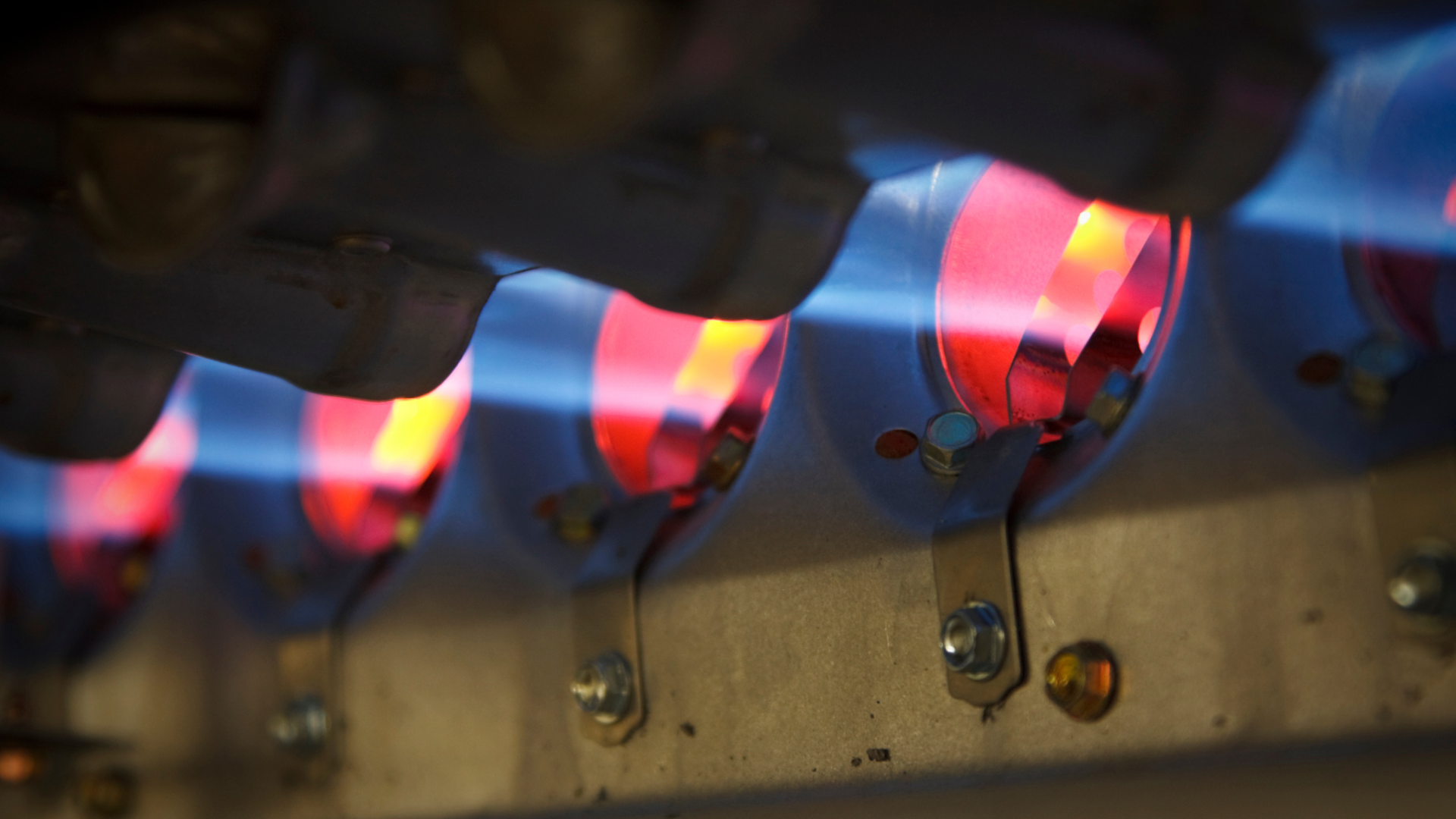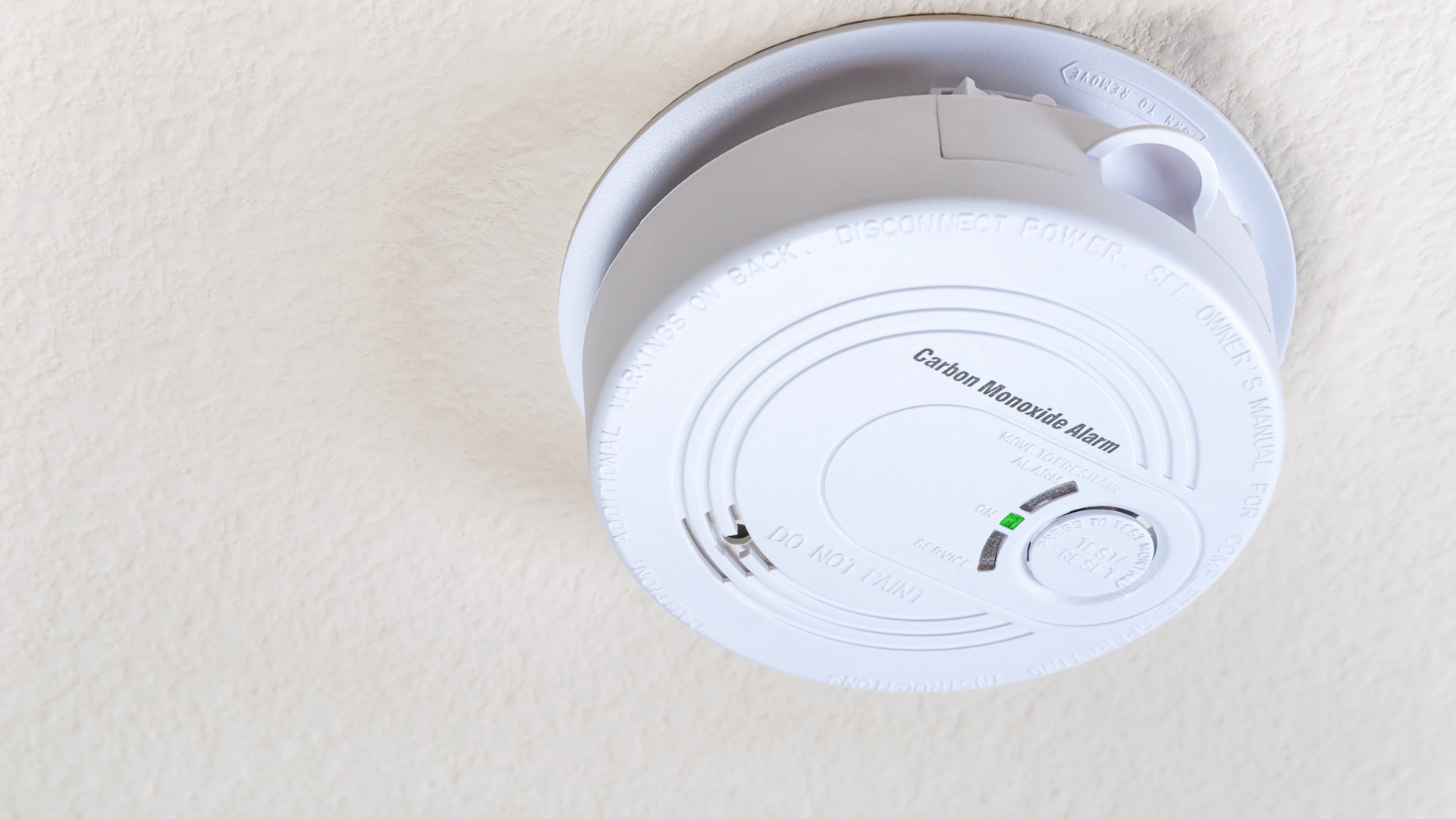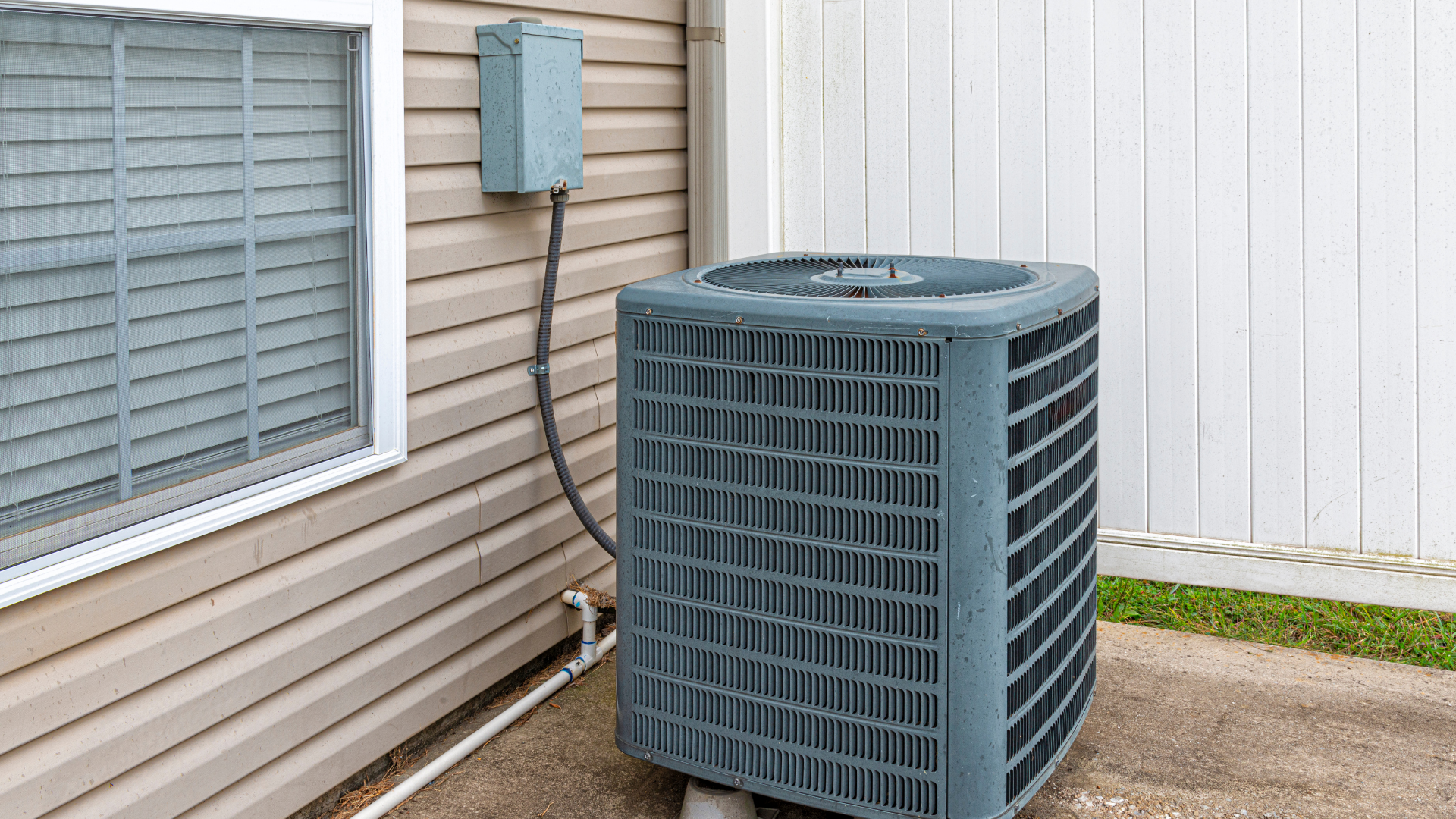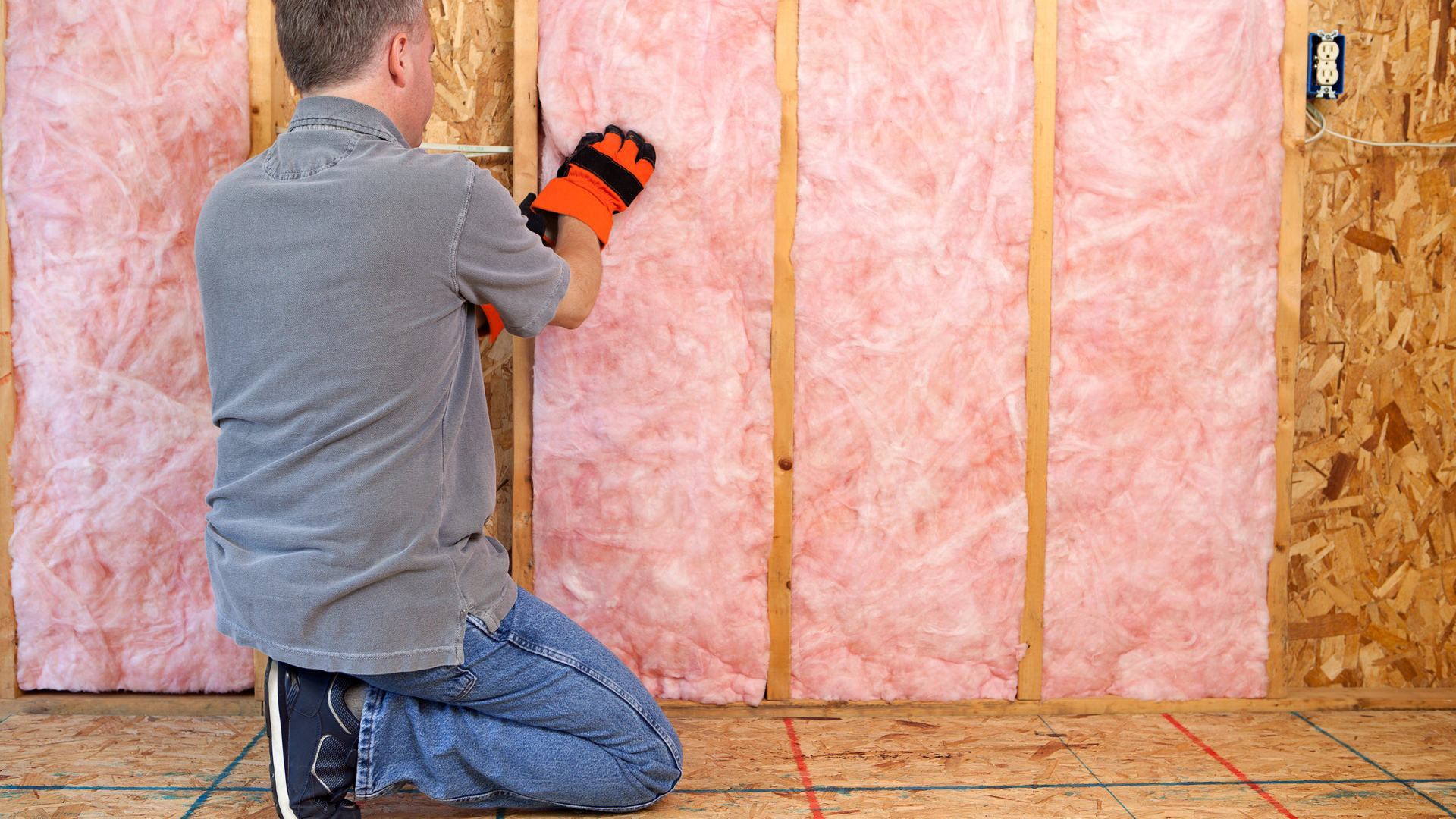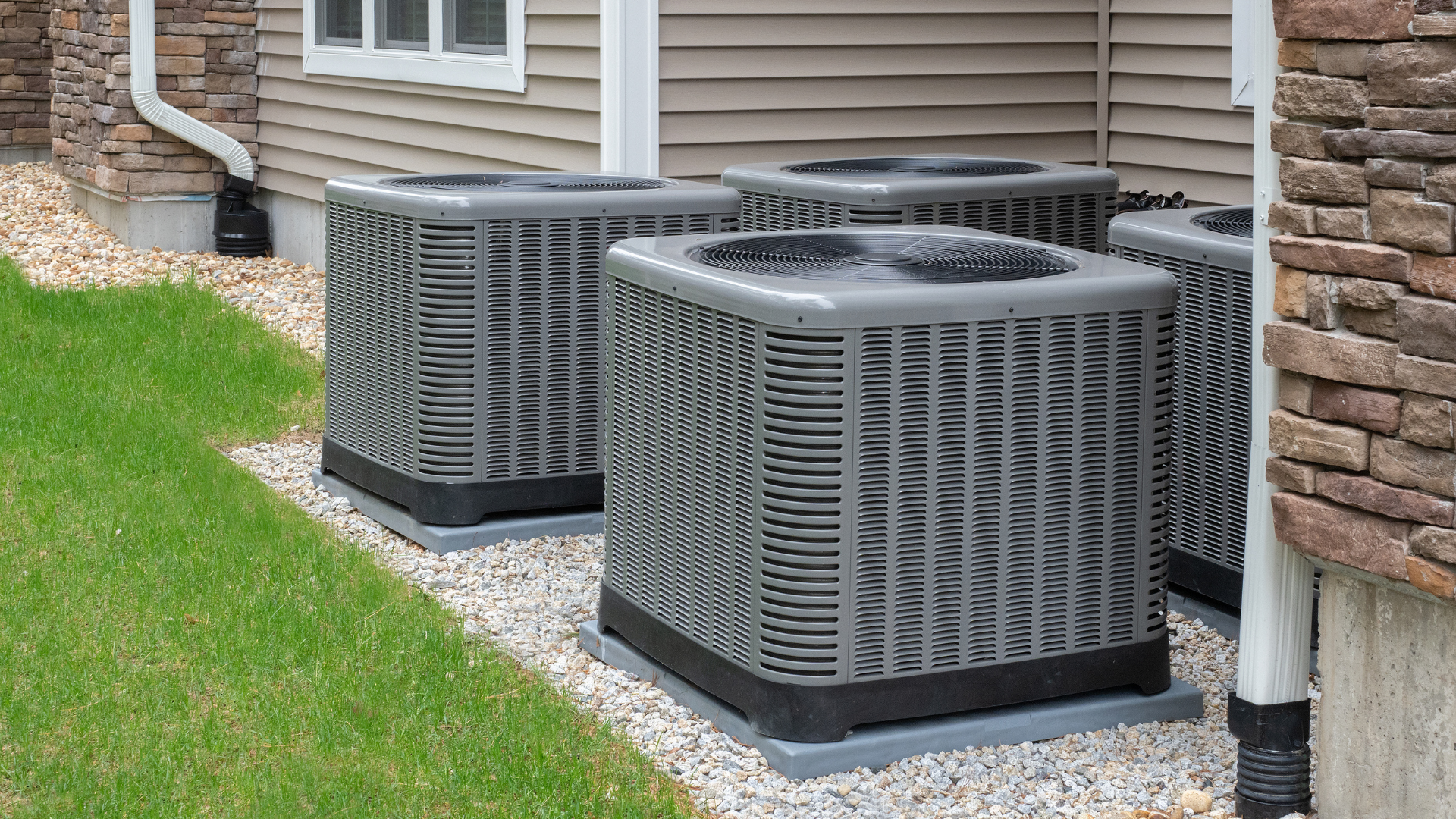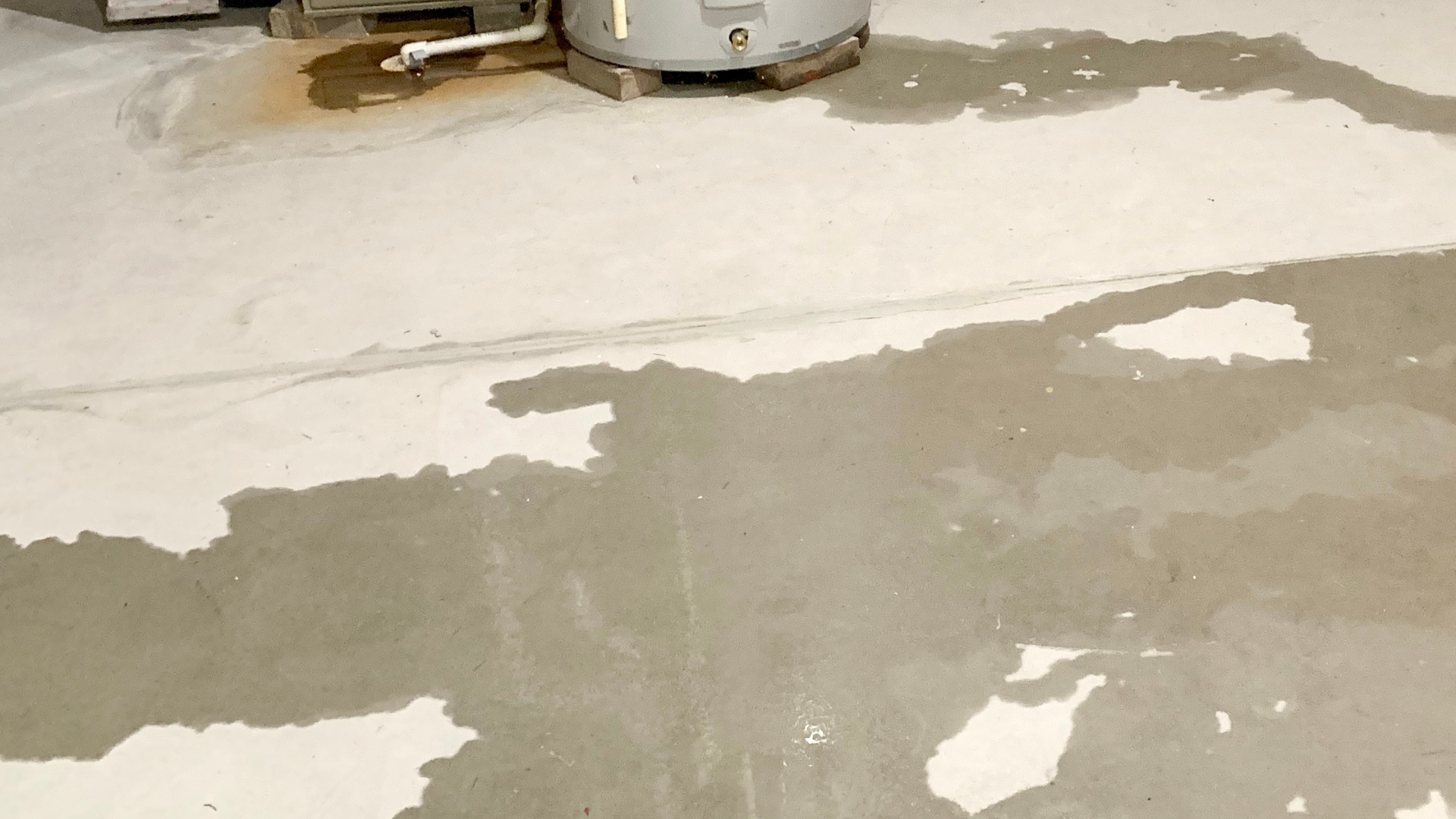The Unsung Hero of Your HVAC: What's a TXV and Why Does It Matter?
The Unsung Hero of Your HVAC
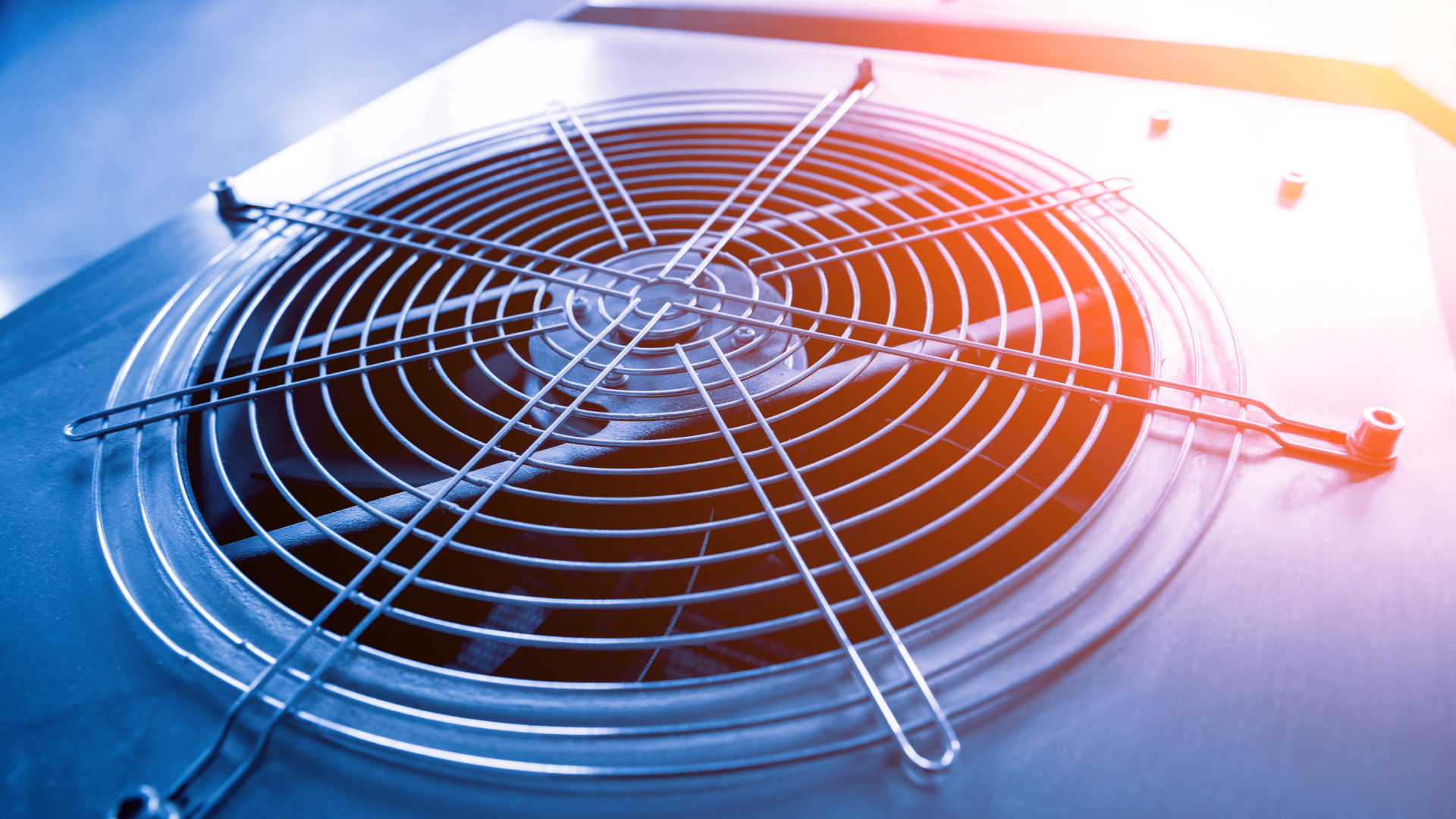
A TXV, or Thermostatic Expansion Valve, is a crucial component in many heating and cooling systems, particularly air conditioners and heat pumps. Its primary purpose is to regulate the flow of refrigerant into the evaporator coil. Think of it like a highly precise faucet that controls how much liquid refrigerant enters the coil to absorb heat. This precise control is essential for the system's efficiency and ability to cool or heat effectively.
How a TXV Works
The TXV works by sensing the temperature and pressure of the refrigerant as it leaves the evaporator coil. Based on these readings, it adjusts a small pin that opens or closes, controlling the amount of liquid refrigerant entering the coil. When more cooling is needed, the TXV allows more refrigerant to flow; when less is needed, it restricts the flow. This ensures the evaporator coil is always operating at optimal efficiency, preventing issues like liquid flood back to the compressor or the coil "starving" for refrigerant.
Signs of a Failing TXV
A failing TXV can lead to a variety of problems with your HVAC system. Here are some common signs to look out for:
- Poor Cooling or Heating Performance: This is one of the most noticeable signs. If your system isn't cooling or heating your home effectively, a failing TXV could be the culprit.
- Frozen Evaporator Coil: If the TXV isn't allowing enough refrigerant into the evaporator coil, the coil can get too cold and freeze over. You might see ice buildup on the outdoor unit's lines or hear a bubbling/hissing sound.
- Short Cycling: The system may turn on and off frequently, not completing a full cycle. This can happen if the TXV isn't maintaining proper refrigerant flow, causing pressure imbalances that trigger safety cut-offs.
- High or Low Suction Pressure: An HVAC technician can measure the refrigerant pressures. Abnormally high or low suction pressure at the compressor can indicate a TXV issue.
- Warm Air from Vents (in cooling mode): If the TXV isn't allowing enough refrigerant to evaporate in the coil, the air won't get properly cooled.
- Increased Energy Bills: A struggling system due to a faulty TXV will have to work harder to achieve desired temperatures, leading to higher energy consumption.
TXV Replacement Cost
The cost to replace a TXV can vary significantly depending on several factors, including:
- Type of HVAC System: Some systems have easier access to the TXV than others.
- Labor Rates: These vary by region and individual HVAC companies.
- Cost of the Part: The TXV itself is a specialized component.
- Refrigerant Recharge: After replacing a TXV, the system will need to be evacuated and recharged with refrigerant, which adds to the cost.
As a ballpark price, you can typically expect to pay anywhere from $500 to $1,000 or more for a TXV replacement. This includes parts and labor. It's always best to get multiple quotes from qualified HVAC technicians in your area to get an accurate estimate for your specific situation. Keep in mind that a failing TXV can lead to more severe and costly damage to your compressor if not addressed promptly, so timely repair is crucial.
Click Another Article to Read More

